Hello everybody!
Yes, I can get gleeful. On Monday the last week (24 July) I caught myself struggling to suppress a wide grin while reading a report by one of top (or is that, literally, ‘bottom’ in their case…?) Russian PRBS-industrialists. The character in question must’ve lost several pounds of weight and few litres of sweat while trying to fabricate a story that could eloquently explain how comes Ukrainians have deployed ‘UAVs/drones’ to decoy the Russian air defences, and then four Storm Shadows to blow up four different of VSRF’s ammo depots in the occupied Crimea. And all four hit, too.
There followed ‘a few days of concern’, when, on 26 July, the Russians deployed four Kinzhals to strike the Staorkostyantyiv Air Base in western Ukraine: the homebase of the 7th Aviation Brigade, PSU, and its fleet of Sukhoi Su-24M fighter-bombers, equipped with Storm Shadow and SCALP-EG cruise missiles. Even more so because the PSU then didn’t fly any air strikes by these aircraft and weapons for the next two days. The question was: did the fleet survive….?
To my great relief, Ukrainian Su-24s made their ‘come back’ on 29 and 30 July, when they systematically destroyed all three bridges connecting the occupied Crimean peninsula with Ukraine’s mainland:
- Armiansk Road Bridge (road to Kherson)
- Chongar Road Bridge (road to Melitopol)
- Chongar Railway Bridge (railway to Melitopol; photo below)

As always in such cases, cannot but characterise this as ‘excellent’. Sure, in comparison, the latest strike on the Krim/Kerch Bridge by the means of semi-submersible ‘drones’ was not as successful as it appeared on the first sight: knocked out ‘just’ the road part of the construction. The railway there is still in operations. But, now the extension of that railway is out of operation for at least a week. Moreover, over the last two days, the PSU hit additional targets on the Crimea, including several depots in the Sevastopol area.
Now, why am I greeful?
First things first, please. The mass of Russian troops in southern Kherson and southern Zaporizhzhya is now, definitely, cut off from their supplies: unless the Chongar Railway Bridge is repaired (and, be sure: one of the VSRF’s 10 railway brigades must be expected to manage that feat in about a week), the only venue for the Keystone Cops to re-supply their troops in these parts of Crimea is the port of Berdyansk (yes, there’s a railway line from Donetsk to Melitopol, but large parts of this are running much too close to the frontlines for comfort). And then per truck. And the Keystone Cops are not good at resupplying the VSRF per truck: too few-, too light trucks. Means: for the next 7-10 days, the (from West to East) XXII AC, 49th CAA, 35th CAA, 58th CAA, 5th CAA, and 36th CAA will have to make do with what they’ve got near the battlefield, or can salvage from their destroyed depots in the Melitopol and Tokmak areas.
Secondly, for me, this entire story has ‘an additional, personal note’. Or two….or more…
I’m as gleeful because it’s been since some time that I’ve written a feature on how are such air strikes run by the PSU, and how are the Russian air defences reacting to them: did finish, but didn’t post. At least not until today. Which was just as good because, on one hand, the Russian PRBS-industrialists and Pudding-fans abroad both remain unable to explain the ‘how comes’. Some are going to extension to provide lengthy calculations on why the Russian air defences are ‘shooting down Storm Shadows (and AGM-88) in scores’ with help of mathematic formulas and comparisons of their flight performances, others are putting all the blame on ‘drones’….any still: none can explain videos like the one from which this still came from, shown a VSRF’s Pantsyr SAM-system ‘blasting at Storm Shadows’ in one direction, only to get pulverised by a hit from another…
On the other hand… well, that’s a slightly longer story, and now I have to digress a bit….
The situation reminded me that in Russia there’s a certain ‘military aviation expert’, whom many in the West (especially in the USA and Germany) consider for something like ‘author of bibles’ about Soviet and Russian military aircraft. Supposedly, he’s got direct contact to top sources, and the quality of information he’s providing is ‘unbeatable’. So much so, his ‘biggest fans’ in the West really use the word ‘bible’ when praising his ‘work’. Thus, lets call him ‘St. Yevrem’.
Actually, the good St Yevrem is filling ‘his books’ with text and – especially – photos ‘lifted’ everywhere he only can. He started with emptying the TASS archive, back in 1988 or so (at least the part of that archive containing old photos of different MiG- and Sukhoi prototypes), before switching to Western books and journals, and then the internet. Over the last 20 years he is.… ‘borrowing, word-by-word’ (to keep it ‘diplomatic’) from different Russian and Ukrainian authors, published in Russian language only, and thus unknown in the West. And, when these ‘are of no use’, then from a number of Western authors.
To make sure: publishing about military aviation-related affairs isn’t bringing a lot: none of us is anything like ‘bestselling billionaire’. On the contrary: we’re happy if the results of years-long research are printed and sold in 500 copies. Anything above that is a ‘bonus’. Thus, St Yevrem had it easy to lift the text of entire books of his compatriots and, actually, re-publish these in English, under his name – and, for decades, neither the Russian and Ukrainian authors in question, nor anybody in the West could do anything against his behaviour. Not even when photographs taken by Belgian and French military officers, and provided for a specific book of your very own, then re-appeared in another of St. Yevrem’s bible and declared as owned by something he calls the ‘Russian Aviation Research Trust’…. Ho-hum…
Point is: none of us has the money, nor time or energy to get involved in lengthy juridical disputes.
And so, St. Yevrem went on. Two-three times a year, he would publish another ‘bible’ about yet another Russian aircraft. And his publishers in the West were ‘washing their hands in innocence’: explaining they have no clue what are different of us complaining about, and declaring themselves for not responsible. ‘Recommending’ everybody to contact St. Yevrem instead…. and, well…. to keep this long story short: try scratching together some €7,000-10,000 necessary just to start a legal process, and then finding a lawyer ready to run a case against some plagiator living in the Moscow area….

Bottom line: having plentiful of such experiences, I think it was just as good I didn’t publish my ‘Storm Shadow discussion’ any earlier: that way I’ve avoided another Russian wannabe plagiairisng my work. I do hope, though: now you can understand I’ve typed the following with that big, thin grin on my face.
Anyway….
What’s the story about Storm Shadow, and how do the Ukrainians do that?
Tools of Trade
Up front, mind that there are no Wunderwaffen (‘wonderweapons’). No ‘single, winning-it-all’ weapons systems. Any kind of stories like ‘ATACMS is going to solve problems’ or ‘F-16s are going to win the war’, or ‘S-350, S-400 SAMs and Su-35 is ruling the skies’ – are illusions, usually spread by fan-boys who simply do not understand warfare. In reality, and especially in air warfare, nobody is fighting alone, nobody is winning or losing alone, and all the available sensors and weapons are deployed as a part of a system – in combination with other sensors and weapons.
Moreover, despite the apparent ‘lack of related reporting’ – whether in the mainsteam- or in the social media – there is a high-intensity air war fought between Russia and Ukraine right since 04.00hrs in the morning of 24 February 2022. Every single minute, every hour, by day and by night, regardless the weather. I think there’s one fact that’s going to summarise it the best: between 24 February 2022 and 30 May 2023, the PSU’s ground-based air defences have detected and tracked over 400,000 ‘aerial targets’ – Russian aircraft, ballistic- and cruise missiles, loitering precision guided munition (LPGMs), and different drones/UAVs.
Sure, as of July this year, the two air forces aren’t flying as many sorties as they used to do, last year in February-March period, or even during the Kherson Offensive of the last autumn, but: they’re still flying up to 100- (Russians) and 20-25 (Ukrainians) offensive sorties a day. Moreover, many of tasks flown by ‘classic’ combat aircraft are meanwhile undertaken by UAVs, and but both sides have significantly bolstered their ground-based air defences (GBADs).
Unsurprisingly, and right since Storm Shadows are in operational service in Ukraine, the PSU is regularly deploying them in combination with other weapons: some released by its own aircraft, and others by Ukrainian ground forces. In turn, the Russians are trying to counter with a miscellany of air defence weapons. Which is why discussing this topic requires at least a superficial discussion of the ‘tools of trade’: systems in question. ‘For the start’, a few words on what are Ukrainians using.
Storm Shadow
A lot has been published about the Storm Shadow, and the two attached diagrams are nicely describing the most important information about their performances. Thus, I think they should suffice for basic understanding of this weapon (neither was prepared by me):
Let me just add that at 1,300kg launch weight, this is quite a hefty weapon, which is why the sole launching platform in service with the PSU are the Su-24M and Su-24MR fighter-bombers. They’re big, heavy, have variable-sweep wing, and they are old. Thus, they’re not particularly easy to maintain and fly, and take time to ready for the next sortie. However, they’re offering one ‘thingie’ of particular importance: Su-24s were optimised for low-altitude operations and can go supersonic (1,200km/h ‘plus’) when underway at less than 50m above the ground (or the sea). Together with their effective range and the capability to load two Storm Shadows, this is of critical importance for the mission. The reason is, between others, that the higher the speed of the aircraft at the time the missile is released, the better the range of the Storm Shadow, too.
AGM-88
As is well-known, since the last summer, the PSU is operating a number of MiG-29s and Su-27s equipped with adapters (apparently in form of modified LAU-118/A launchers) for AGM-88 HARM (high-speed anti-radiation missile). Essentially, HARMs are homing on emissions of radars operated by enemy air defences: ideally, they’re going to knock out the antenna, sometimes cause more damage. Because the mass of surface-to-air missiles (SAMs) are depending on radar guidance, any disturbance of the work of radar system is disturbing the very function of SAMs, too.
Theoretically, the way the AGM-88 works is ‘simple’: if there’s an enemy radar up and working, the HARM’s seeker-head is going to detect it, and indicate this to the pilot. The pilot releases the missile and: as long as the enemy radar is up and emitting, no problem, the weapon is guiding. However, it was already during the Vietnam War of the late 1960s that the North Vietnamese SAM-operators learned that alone turning off their radars is certain to render earlier US-made anti-radar missiles useless. Thus, the AGM-88 was made to memorise the position of its target: turning off the radar might lessen its precision, but it’s still going to cause damage – unless shot down.
Arguably, AGM-88 is an old weapon: first deployed in combat against Libya in 1986; deployed in large numbers against both Iraq and Serbia in the 1990s, and thus relatively well-known to the Russians. Moreover, its adaptation on Ukrainian MiG-29s and Su-27s is far from perfect: both types are lacking support equipment installed on US-made aircraft and thus not enabling the use of all of AGM-88’s working modes. Almost unsurprisingly, the Russians are regularly claiming all the HARMs coming their way as shot down. Whether this is truth: no idea, right now. I guess, they do, time and again, kill some, but by far not all, as obvious from the photo attached below, shown a Tor M1 (SA-15) launcher hit by an AGM-88… (launchers of this system are equipped with fire-control radars, which is why this one was targeted by Ukrainians, too).
(to be continued)




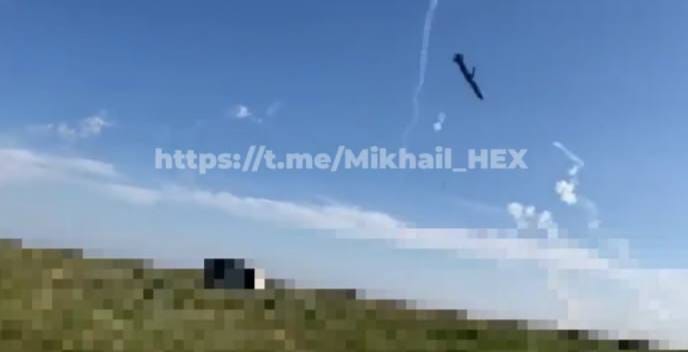
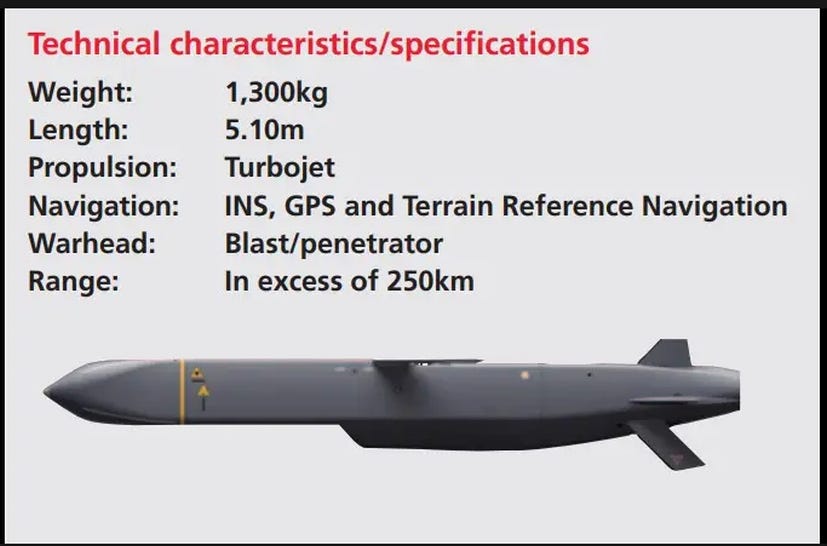
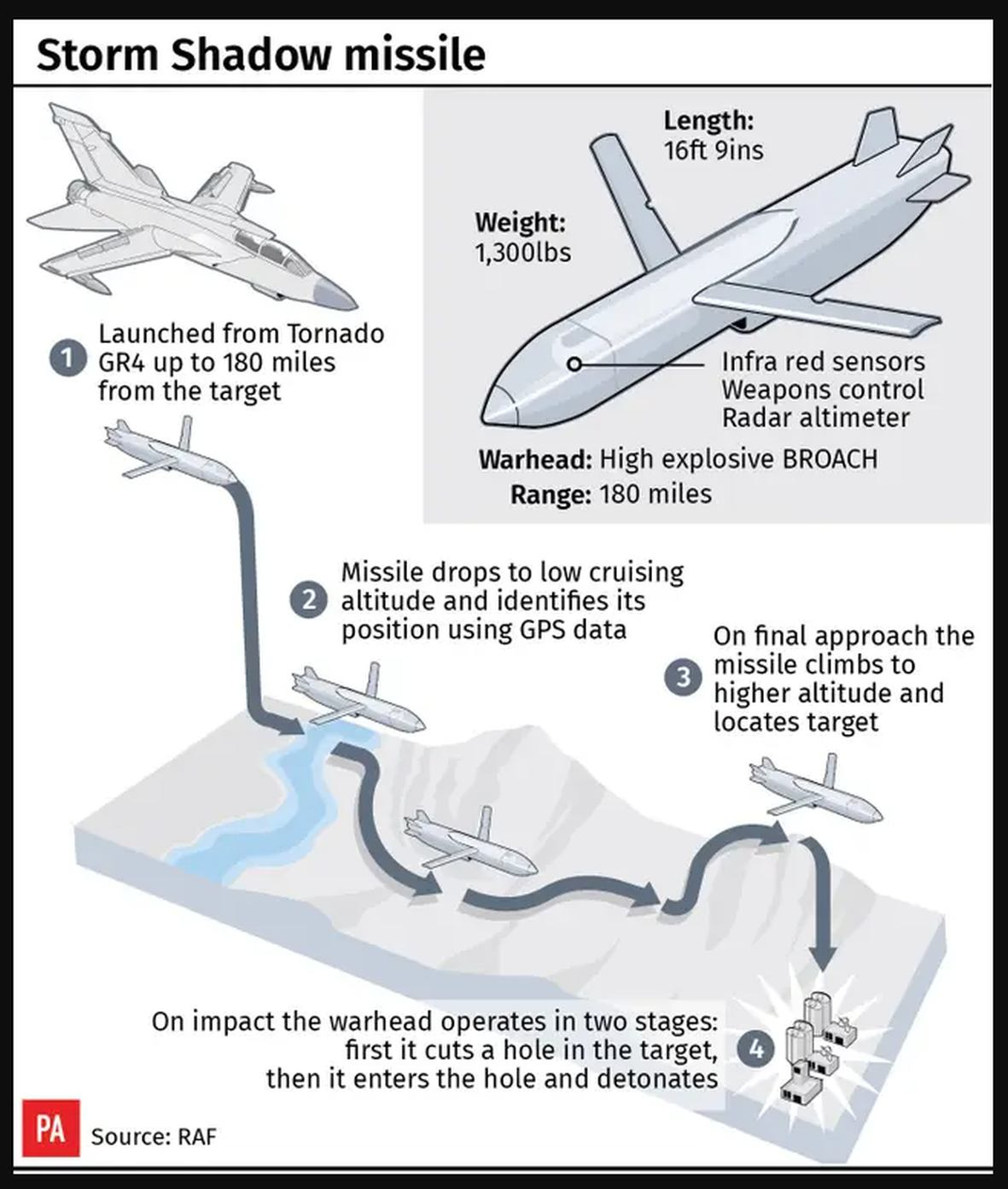
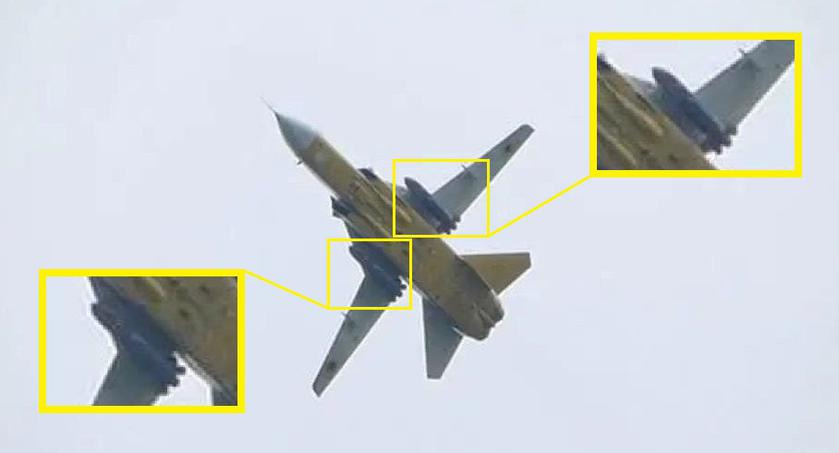
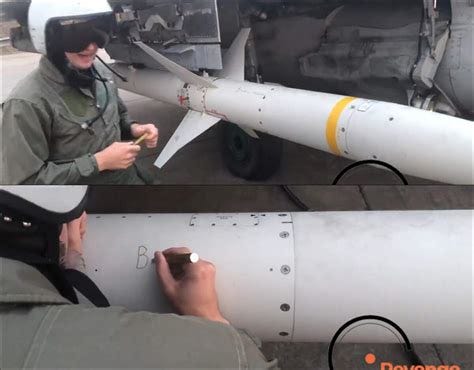
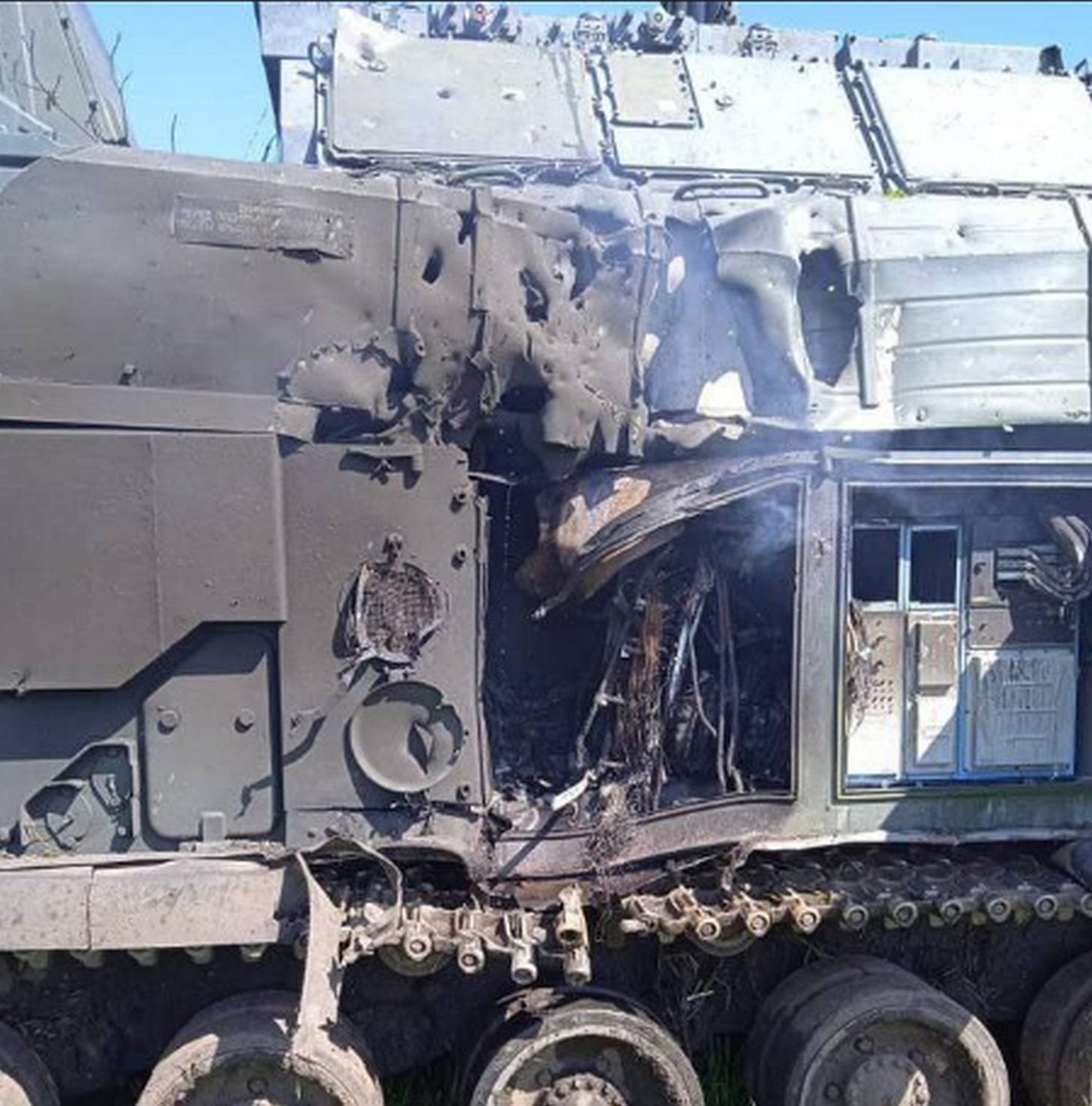
The news about the destruction of the Russian logistics chain in Crimea is something that makes me extremely happy.
I hope Ukraine has the necessary means to continue attacking these targets, they are, in my view, the key points at the moment.
If the Russians manage to repair the bridge in a week, the Ukrainians must destroy it again soon after the repair is completed. And I imagine that's their goal. I hope from the bottom of my heart that they have some Storm Shadows stocks reserved for these bridges in crimea
First of all congratulations on your coverage and on your several books that grace my shelves.
One question: You do not mention the bridges at Heniches'k. Are they also down or do you consider them too light to carry much logistic traffic?
Regards,
Helmoed Heitman, heitman@iafrica.com